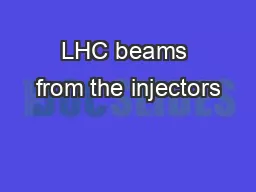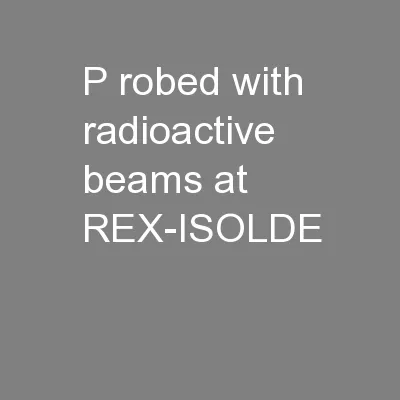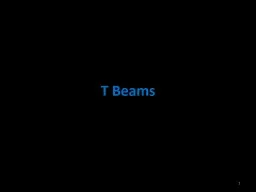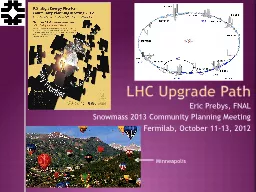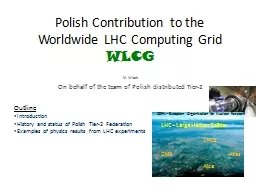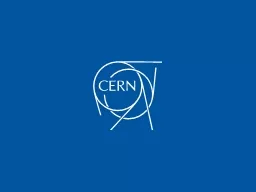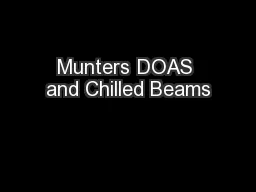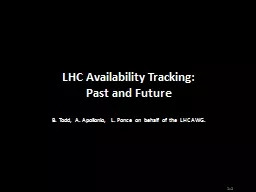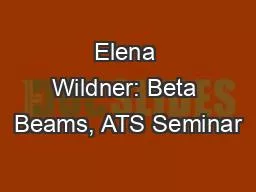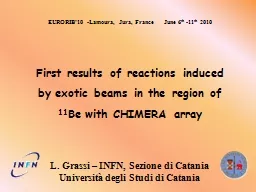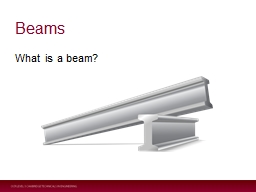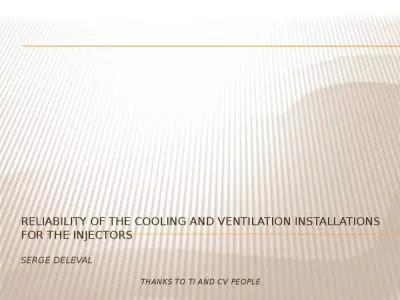PPT-LHC beams from the injectors
Author : liane-varnes | Published Date : 2017-03-26
Chamonix outcome H Bartosik summarizing presentations from Chamonix 2017 workshop MSWG 17022017 LHC Beam B rightness in the PSB LHC performance workshop 2017
Presentation Embed Code
Download Presentation
Download Presentation The PPT/PDF document "LHC beams from the injectors" is the property of its rightful owner. Permission is granted to download and print the materials on this website for personal, non-commercial use only, and to display it on your personal computer provided you do not modify the materials and that you retain all copyright notices contained in the materials. By downloading content from our website, you accept the terms of this agreement.
LHC beams from the injectors: Transcript
Download Rules Of Document
"LHC beams from the injectors"The content belongs to its owner. You may download and print it for personal use, without modification, and keep all copyright notices. By downloading, you agree to these terms.
Related Documents

